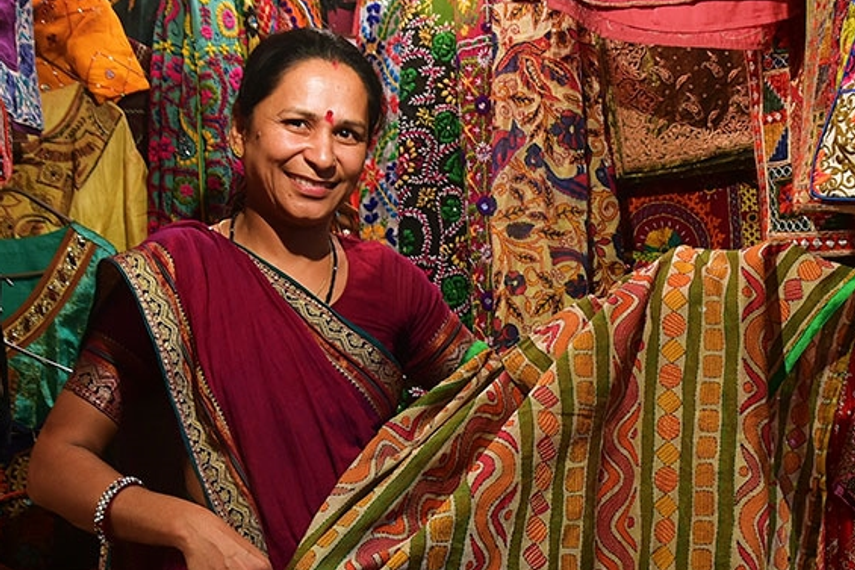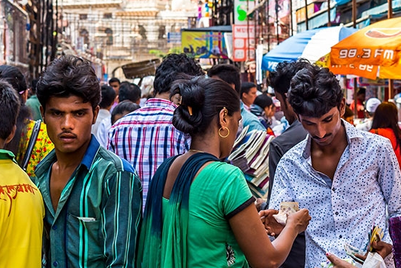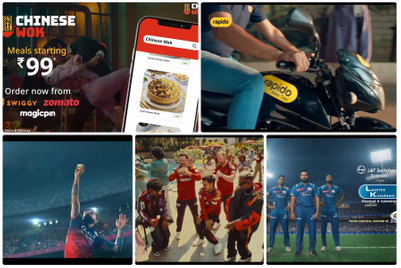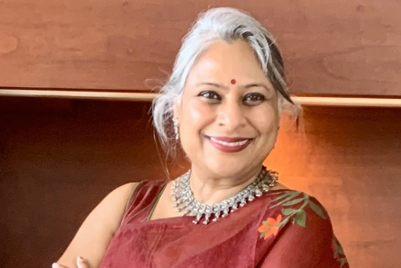It’s no secret that Indian consumer market is not just large, but also set to grow at a rapid rate. It’s also well-known that India remains an under-penetrated market in most categories. Hence, there is a large opportunity for increasing consumption and pushing consumers towards upgradation and premiumisation. “This provides an opportunity both at the top of the market and the bottom of the pyramid,” says Madhukar Sabnavis, vice chairman and country head, discovery and planning, O&M India.
Festivals, films and cricket are big marketing opportunities and except for cricket, the other two are not universal. There are many regional hotspots to use and a large scope to create new events. One example is the shopping festivals created by both offline and online brands like Big Bazaar and Flipkart. “However scalability will always remain a challenge and 'glocal' marketers have learnt this and worked around it,” adds Sabnavis.
Further, India is a dual culture. Indians look and behave western, but deep down they are Indian. “We assimilate but also quietly adapt anything to our tastes, often distorting the original. So classic global mixes work to a point, but there after one needs to understand local psyche and do things for their sensitivity to taste success. We don’t become global in mindset as we become global in consumption,” says Sabnavis.
There are also other instances of duality. While the urban sophisticated consumer is upgrading to better brands slowly, there is a large segment that is moving from unbranded to branded products. And they need good value and trust. Brands like Patanjali have managed to tap into this trend, say branding experts. “The consumer is looking for a good rational and emotional package,” says Ambi M G Parameswaran, brand strategist and founder, Brand-Building.com
But there are other cultural traps that brands should avoid. “Culture is a key element of consumer behavior in India. You cannot sell a brand that goes against a particular socio-cultural trend,” says Parameswaran. For example, India is a country of hot breakfasts. So brands cannot sell a cold cereal to this consumer. Similarly, milk is almost worshipped in our culture. If a brand claims it has real milk, it will score big against someone who may not be made with milk, as was evident in the recent brand war of Amul’s ice-creams made from milk as opposed to multi-national Hindustan Unilever’s ice-creams that were made from vegetable fat. “Culture goes deep and brands need to invest in understanding the changing socio-cultural trends in the country,” says Parameswaran who recently authored Nawabs Nudes Noodles - India Through 50 Years of advertising.
Sabnavis agrees that the big over riding difference between India and rest of Asia is India's heterogenity and duality. He explains that India is a “continent of diverse cultures, many languages and distinct tastes in food, clothing and rituals. “Calling it one India is only a political and marketing convenience. To succeed one needs to recognise, accept and adapt to this. We are also diverse in both economic and social development,” he says. On the economic front, the very rich and very poor happily co-exist – it’s not rare to find a skyscraper or even a five star hotel close to a slum. In social development, the radical progressives and diehard conservatives also co-exist.
There are some pitfalls that advertisers need to avoid. First, the most obvious one. Advertisers have to avoid thinking of seeing India as just another country in Asia. “It is a continent and has many differences both with Asia and within itself. They need to delve deep to understand the market and consumer better before jumping in,” says Parameswaran.
Second, Indian consumers are expressive, but polite. This often means that while consumers say a lot, they don’t often mean what they say. “It needs great sensitivity to understand evaluative research as consumers say good things out of politeness,” says Sabnavis.
Similarly, Indian consumers appear rational in a research study, but are highly emotional in behaviour and this needs to be recognised. “For the most premium products, consumers still expect freebies which escapes rational explanation,” says Sabnavis.
In terms of marketing talent, India is fairly local, but the thinking has absorbed best global practices. “It’s tough putting some of them into practice in a large country like India, but it is instructive on how Indian marketers have adapted global tools for their use,” says Sabnavis.
In a nutshell, to paraphrase a saying from Buddha, “There are only two mistakes one can make along the road to consumer truths; not going all the way, and not starting”.




.jpg&h=334&w=500&q=100&v=20250320&c=1)

.jpg&h=334&w=500&q=100&v=20250320&c=1)


.jpg&h=334&w=500&q=100&v=20250320&c=1)


.jpg&h=334&w=500&q=100&v=20250320&c=1)



.png&h=268&w=401&q=100&v=20250320&c=1)





